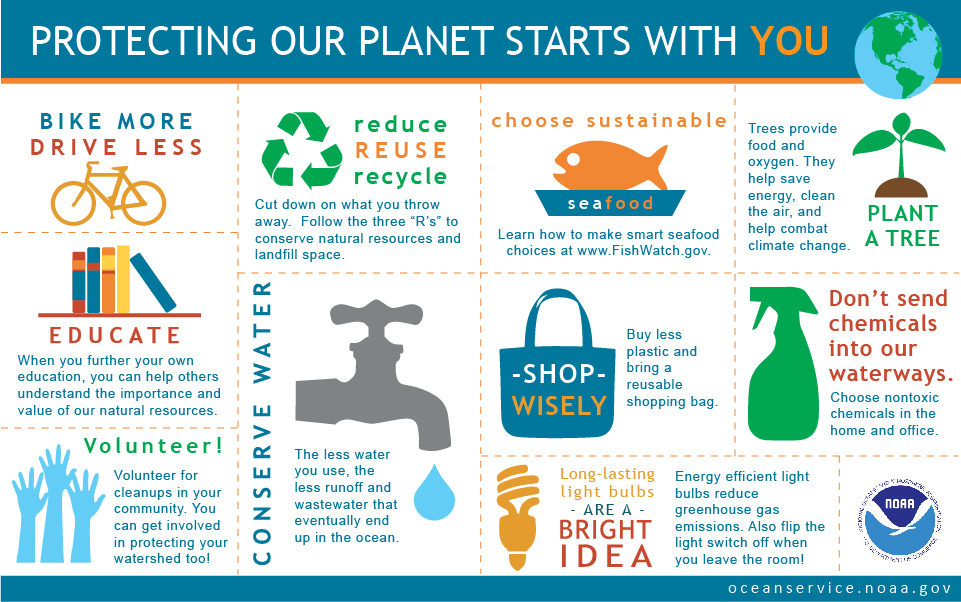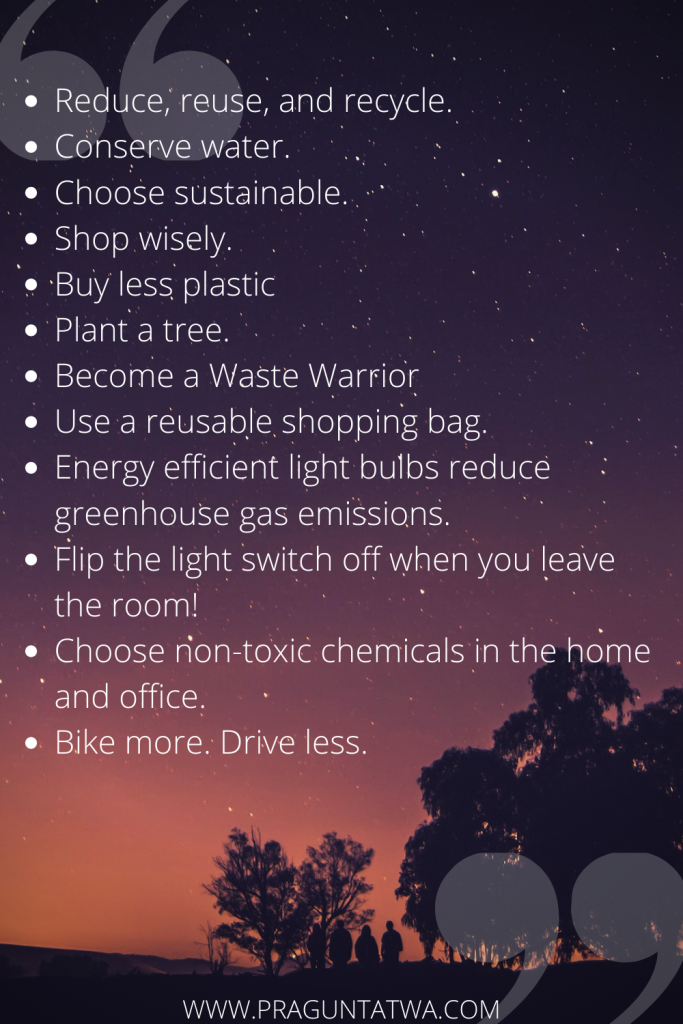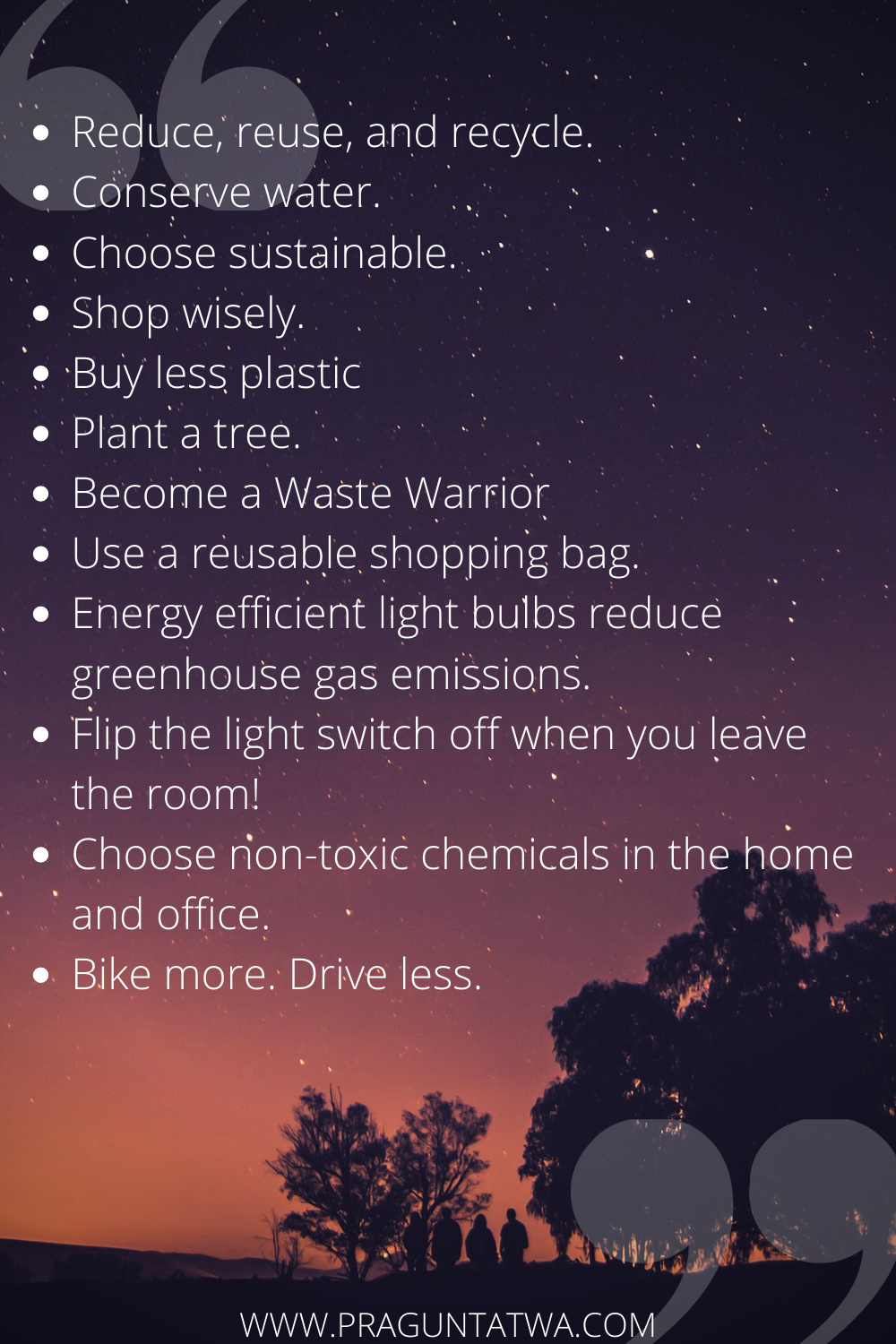Earth Day April 22
Why celebrate?
We celebrate Earth Day to continue promoting environmental awareness and to remind us that we can protect the earth in our everyday lives as well. Stay with me to find ways to celebrate Earth day at home, and helps her heal a bit!
Our planet is an amazing place, but it needs our help to thrive! That’s why each year on April 22, more than a billion people celebrate Earth Day to protect the planet from things like pollution and deforestation. By taking part in activities like picking up litter and planting trees, we’re making our world a happier, healthier place to live.

Celebrate Earth Day with these tips for helping our environment.
Ten Simple Things You Can Do to Help Protect the Earth
- Reduce, reuse, and recycle. Cut down on what you throw away. Follow the three “R’s” to conserve natural resources and landfill space.
- Volunteer. Volunteer for cleanups in your community. You can get involved in protecting your watershed, too.
- Educate. When you further your own education, you can help others understand the importance and value of our natural resources.
- Conserve water. The less water you use, the less runoff and wastewater will eventually end up in the ocean.
- Choose sustainable. Learn how to make smart food choices.
- Shop wisely. Buy less plastic and use a reusable shopping bag like cloth bags or jute bags.
- Use long-lasting light bulbs. Energy-efficient light bulbs reduce greenhouse gas emissions. Also, flip the light switch off when you leave the room!
- Plant a tree. Trees provide food and oxygen. They help save energy, clean the air, and help combat climate change.
- Don’t send chemicals into our waterways. Choose non-toxic chemicals in the home and office.
- Bike more. Drive less.
PLANT A TREE
Trees provide food and oxygen. They help save energy, clean the air, and help combat climate change. Trees also help to reduce ozone levels in urban areas. Most importantly, trees sequester carbon, helping to remove carbon dioxide and other greenhouse gases from the air, which cools the earth.

BECOME A WASTE WARRIOR
Waste Warriors has one aim: to tackle India’s garbage problem. Try at your community level and impart this knowledge.
TURN OFF THE LIGHTS
Does that lamp really need to be on while the sun is out?
LIMIT YOUR WATER USAGE
Households are the smallest consumers of water but have a large potential impact. Check out the ways to save water at the home level.

Conserve Water
The little things can make a big difference. Every time you turn off the water while you’re brushing your teeth, you’re doing something good. Got a leaky faucet? You might be dripping as much as 90 gallons (340 liters) of water down the drain every day [source: EPA]. So fix it! It’s easy and cheap. And stop drinking bottled water. Switch to filtered tap water. You’ll save a ton of cash and help reduce a ton of plastic waste in the process.
Be Car-conscious
If you can, stay off the road two days a week or more. You’ll reduce greenhouse gas emissions by an average of 1,590 pounds (721 kilograms) per year. But being car conscious also means maintaining your car on a regular basis.
Walk, Bike, or Take Public Transit
Walking and biking are obvious ways to reduce greenhouse gases.
Reduce, Reuse, Recycle
Give Composting a Try
It would help reduce the amount of solid waste you produce, and what eventually winds up in your local landfill. Plus, compost makes a great natural fertilizer.
Switch to LEDs
Compact fluorescent light bulbs (CFLs) are great. They can last 10 times longer than incandescent bulbs and they use at least two-thirds less energy, but even CFLS have issues. They’re hard to dispose of because they contain mercury. Enter light-emitting diode or LED bulbs. They emit light in a very narrow band wavelength so they’re super energy-efficient.
Live Energy Wise
Make your home more energy-efficient (and save money). Your home’s windows are responsible for 25 to 30 percent of residential heat gain and heat loss. If they’re old and inefficient, consider replacing them. Also, be sure your home has the proper insulation.
Eat Sustainable Foods
Today, large-scale food production accounts for as much as 25 percent of the greenhouse emissions. So how do you eat sustainably? Choosing food from farmers that aim to conserve natural resources and have as little impact on the land as possible. But even buying as much as you can from local farmers makes a difference. Eating more whole grains, vegetables, fruits, and nuts, and less red meats and processed foods does too. Grow your own fruits and vegetables. You can grow a garden!
Plant a Tree (or Two)
One young tree can absorb CO2 at a rate of 13 pounds (5 kilograms) per tree. Every. Single. Year. And that’s just an itty bitty baby tree. Once that tree reaches about 10 years old, it’s at its most productive stage of carbon storage. Then it can absorb 48 pounds (21 kilograms) of CO2 per year. Trees also remove all other kinds of junk from the air, including sulfur dioxide, nitrogen oxides, and small particles. So go ahead, plant a tree. It’s good for everybody.
Give Up Plastics
The statistics are shocking: People around the world buy 1 million plastic drinking bottles every minute and use up to 5 trillion single-use plastic bags every year. Humans are addicted to plastic, and hardly any of it — about 9 percent — gets recycled. Stop buying bottled water. Say no to plastic shopping bags and use cloth bags instead. Don’t use plastic straws. Drink from a reusable cup instead of a plastic one. Avoiding plastic can divert a ton of waste from the oceans and landfills.
SPREAD THE MESSAGE


Leave a Reply